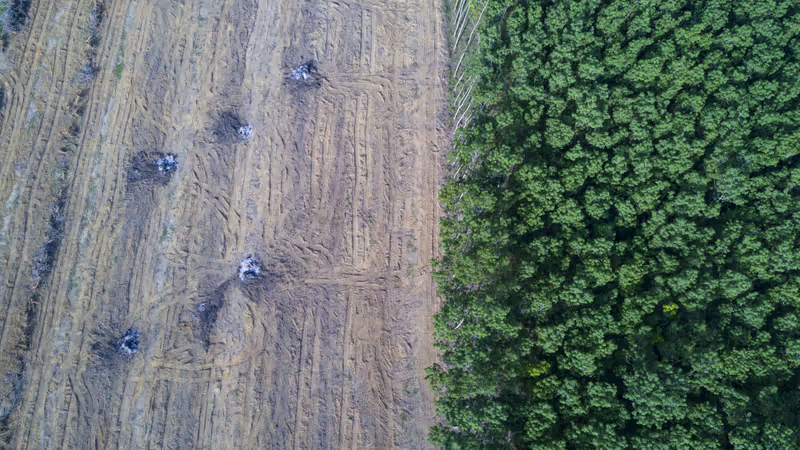| Student: | |
|---|---|
| Timeline: | December 2019 - 1 December 2023 |
Monitoring and predicting soil biodiversity in European forests with eDNA (environmental DNA) and multi-source remote sensing data
Soil harbors a large biodiversity in term of biomass, species richness and functional richness. In forest ecosystem, soil biodiversity, such as bacteria and fungi, drives multiple soil processes and ecosystem functions like nutrient cycling and organic matter decomposition. For instance, N2-fixing bacteria enhances the acquisition of nitrogen of legumes species, while mycorrhizal fungi improves phosphorus intake of trees. Thanks to their abilities to release macronutrients (carbon, nitrogen and phosphorus) and micronutrients (e.g. magnesium and magnesium), bacterial and fungal populations are the main drivers of organic matter decomposition and nutrient cycling. Although microbial diversity is essential for forest ecosystem, it requires specific technique to study it, such as eDNA.
eDNA is a powerful tool to identify and monitor biodiversity across the tree of life. eDNA can detect organisms which cannot be monitored with classic survey methods. Over the past decade, next-generation sequencing capacities have been multiplied by four, and combined with the decrease in metabarcoding cost sequencing, its use currently increases in ecology and microbial ecology. However, eDNA is a relatively local scale technique, mainly because of the sampling effort required, limiting its application at large scales. On the other hand, remote sensing data provides long-term Earth Observation data up to the global scale, and the cost involved in remote sensing data acquisition are much cheaper than eDNA cost analyses. Unlike eDNA data, remote sensing data are not suitable for directly detecting small organisms, and the development of proxies is required. As an example, Hamada et al. (2014) proposed to use the aboveground vegetation properties as surrogates for microbial communities, and therefore detect microorganisms with Earth Observation data.
By combining eDNA data and remote sensing data, my thesis aims at monitoring and predicting soil biodiversity in European forests by:
- Understanding the relative influence of soil properties, decaying material, leaf functional traits and tree-related variables on soil biodiversity in European forests.
- Predicting and mapping soil biodiversity by combining eDNA data, ancillary data (field observations, climatic data) and multi-source remote sensing data (LiDAR, hyperspectral).
- Determining the relative influence of soil properties, decaying material, leaf functional traits, tree-related variables, field observations and climatic data on soil biodiversity across scales.




